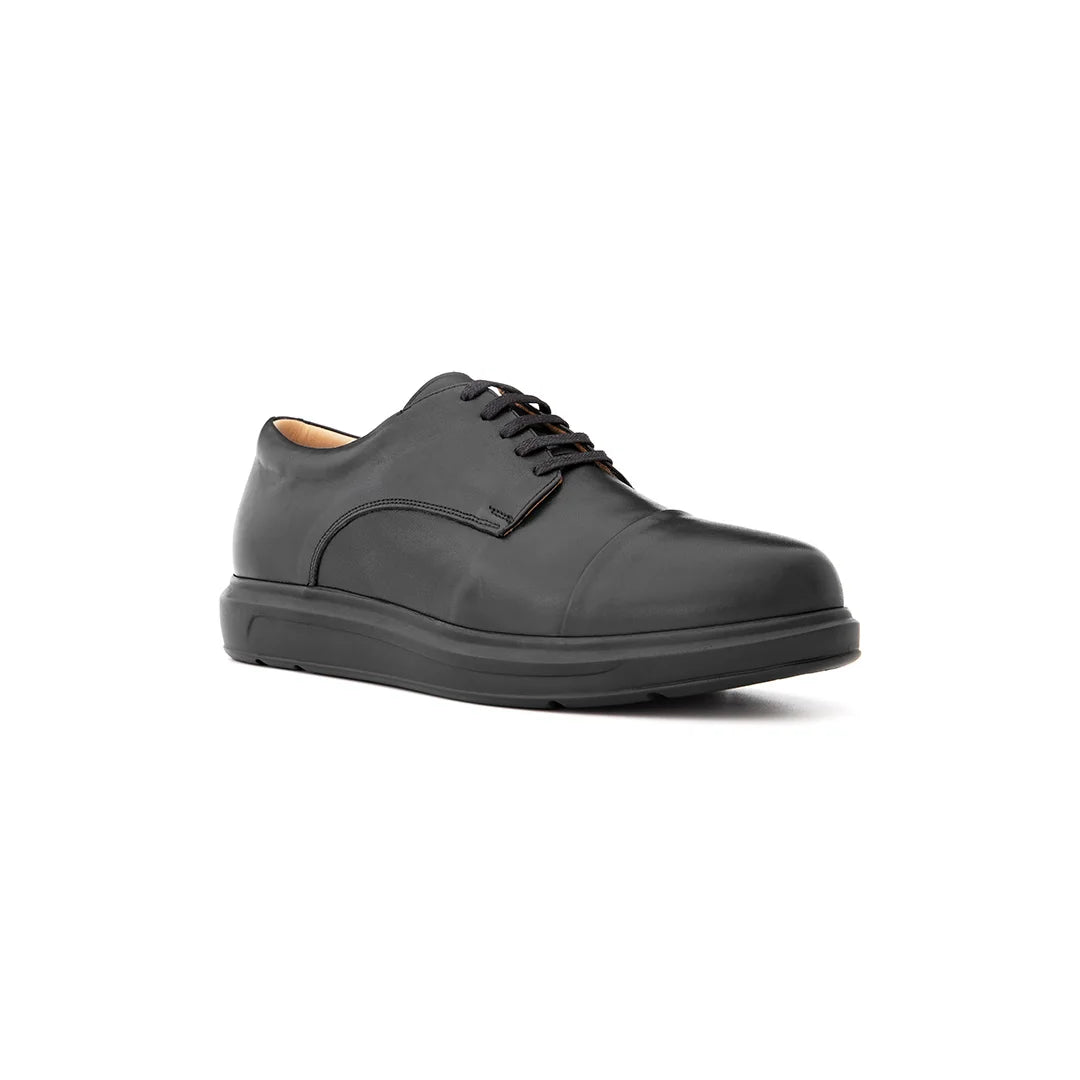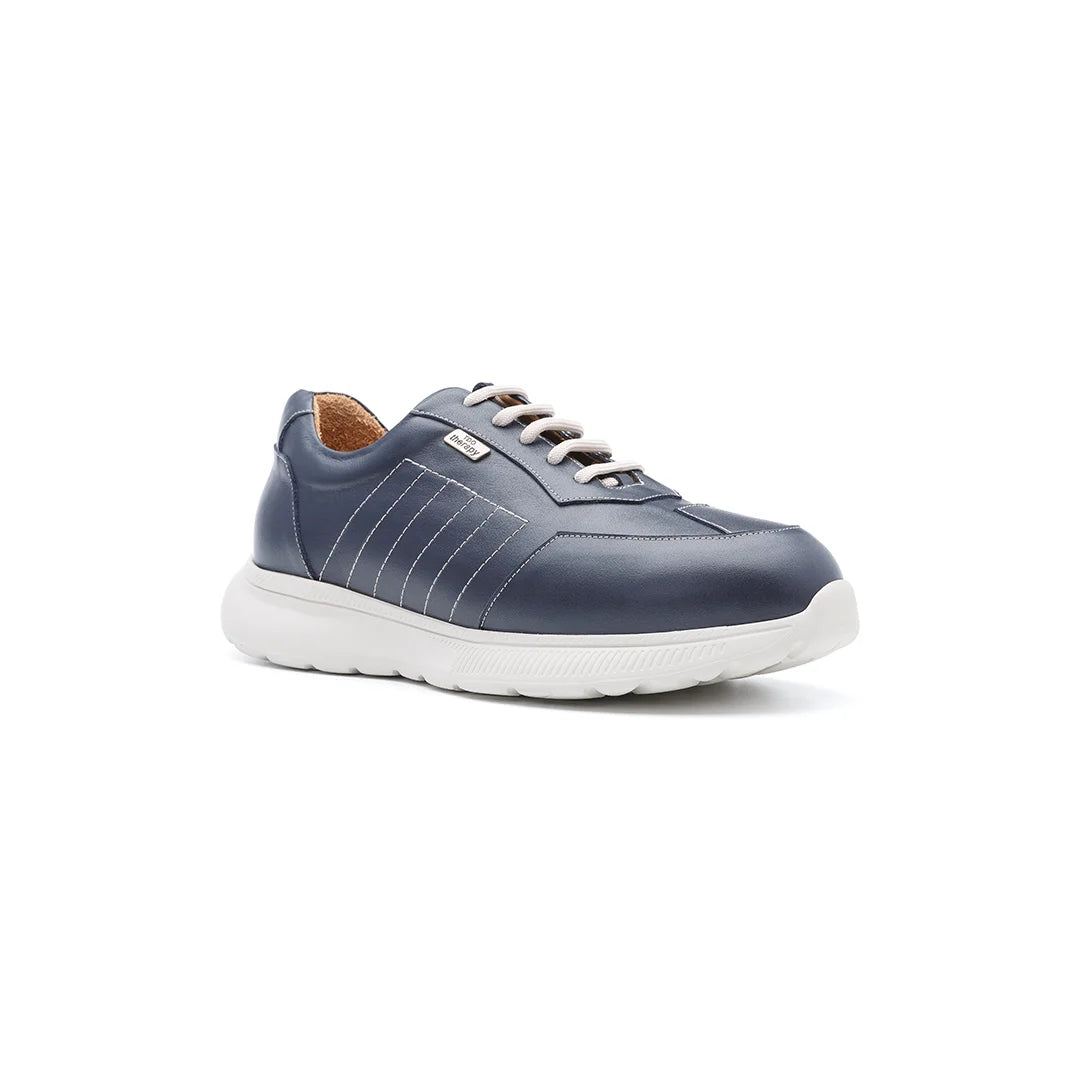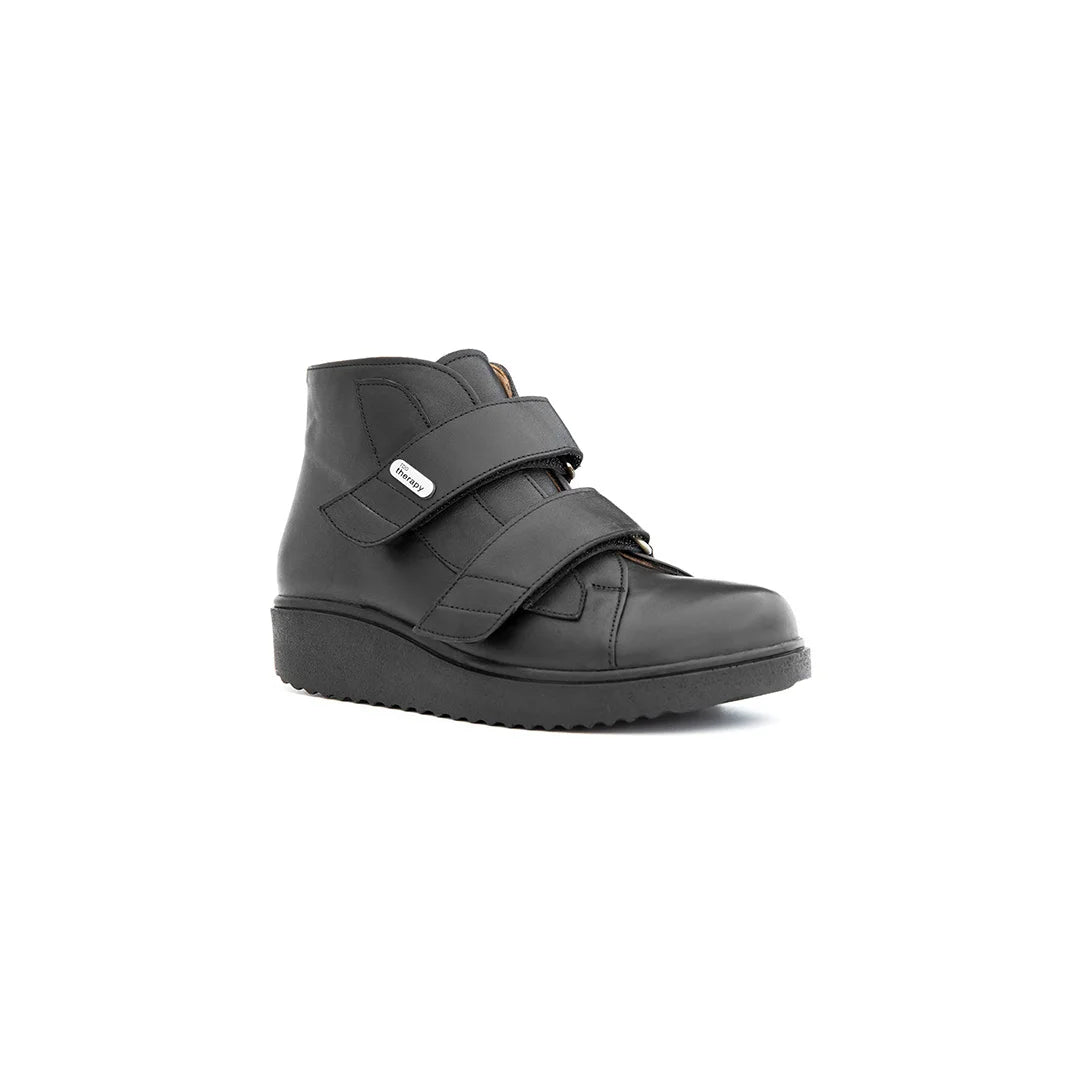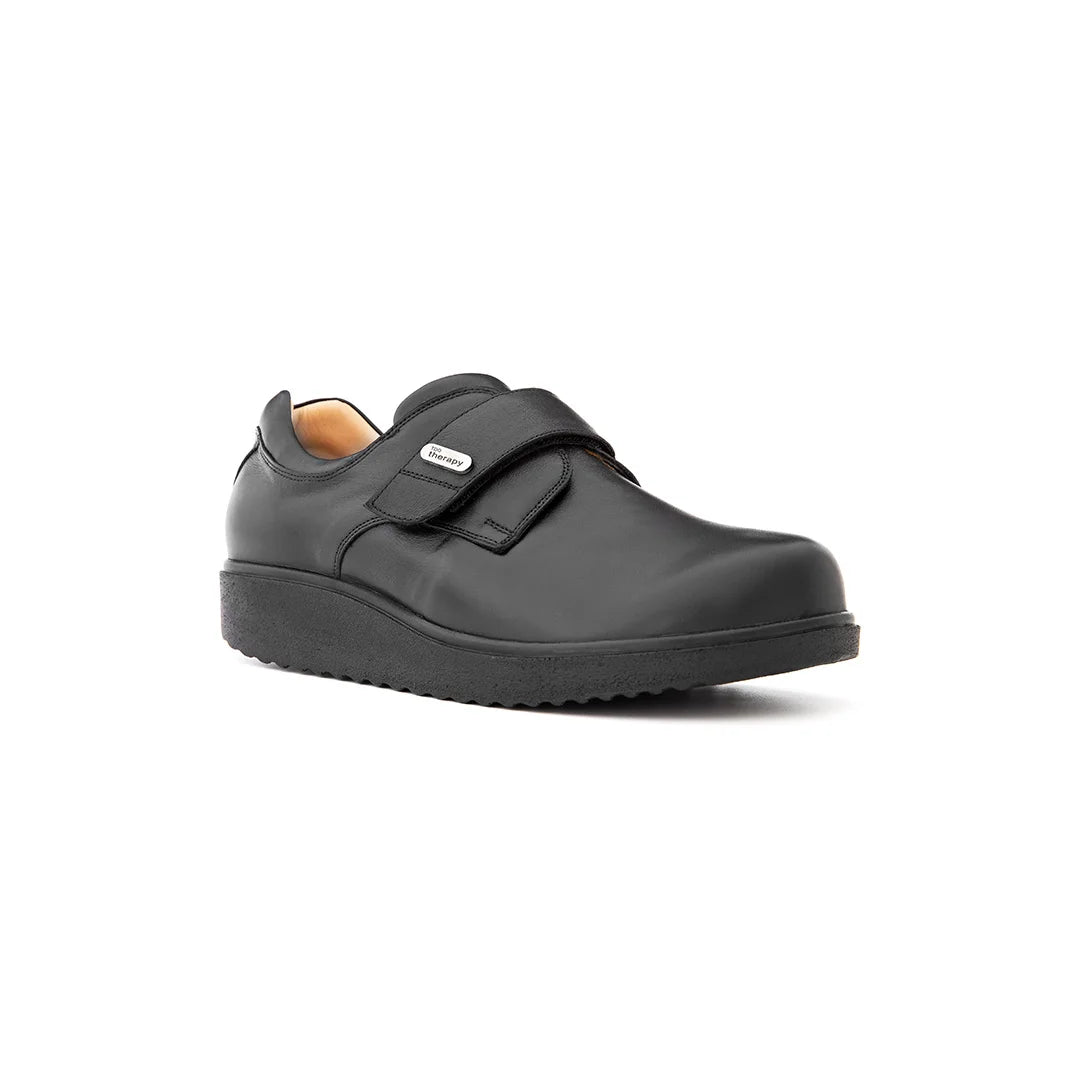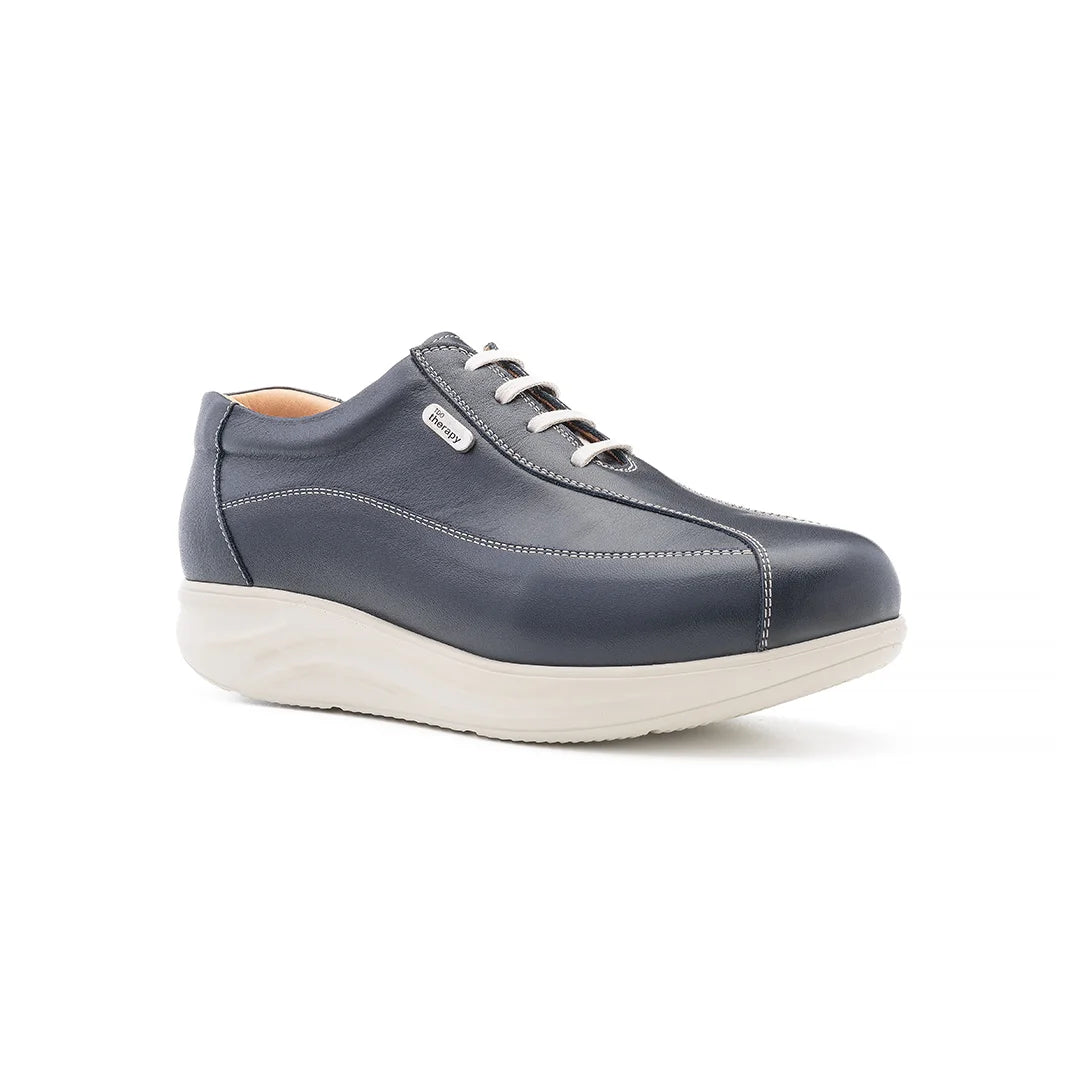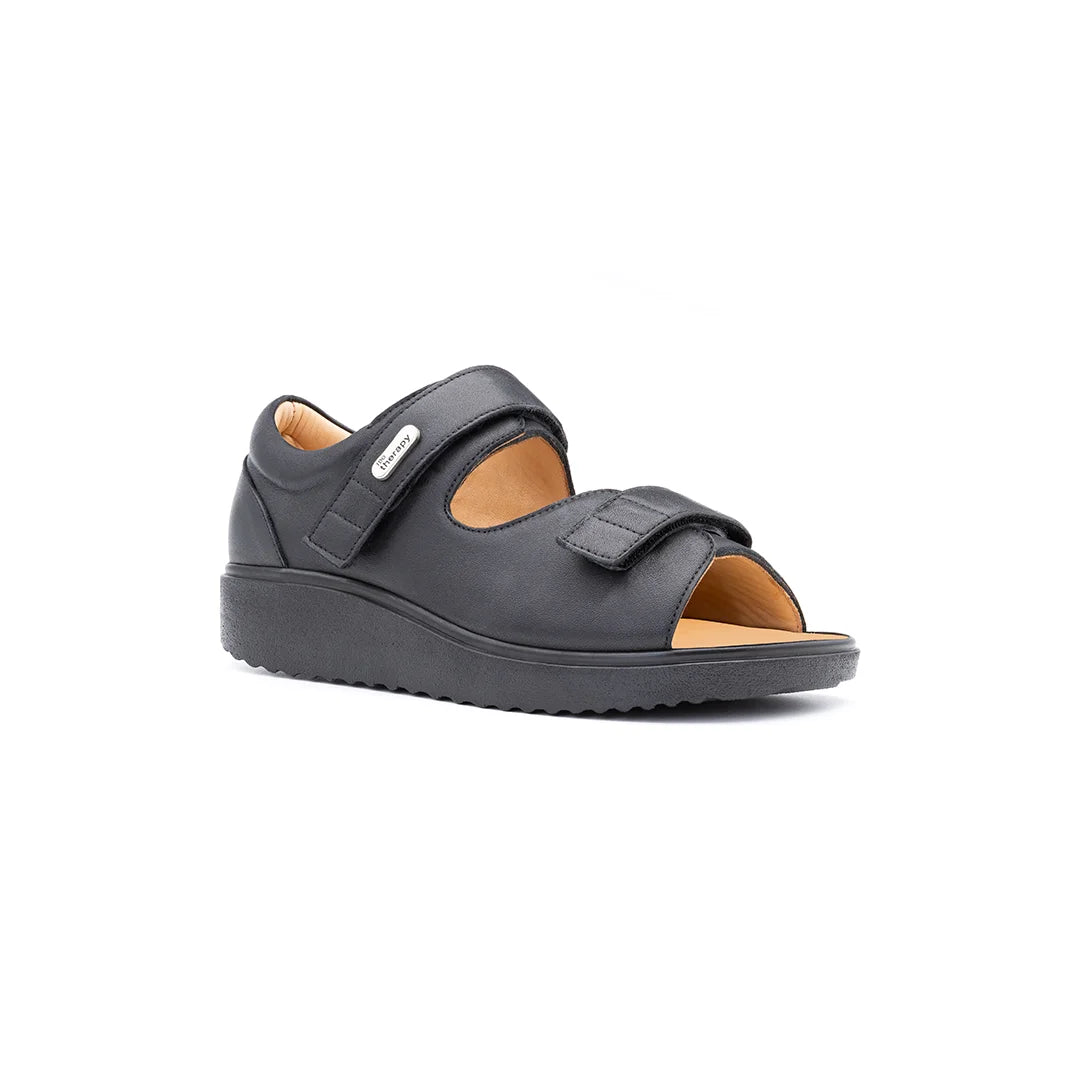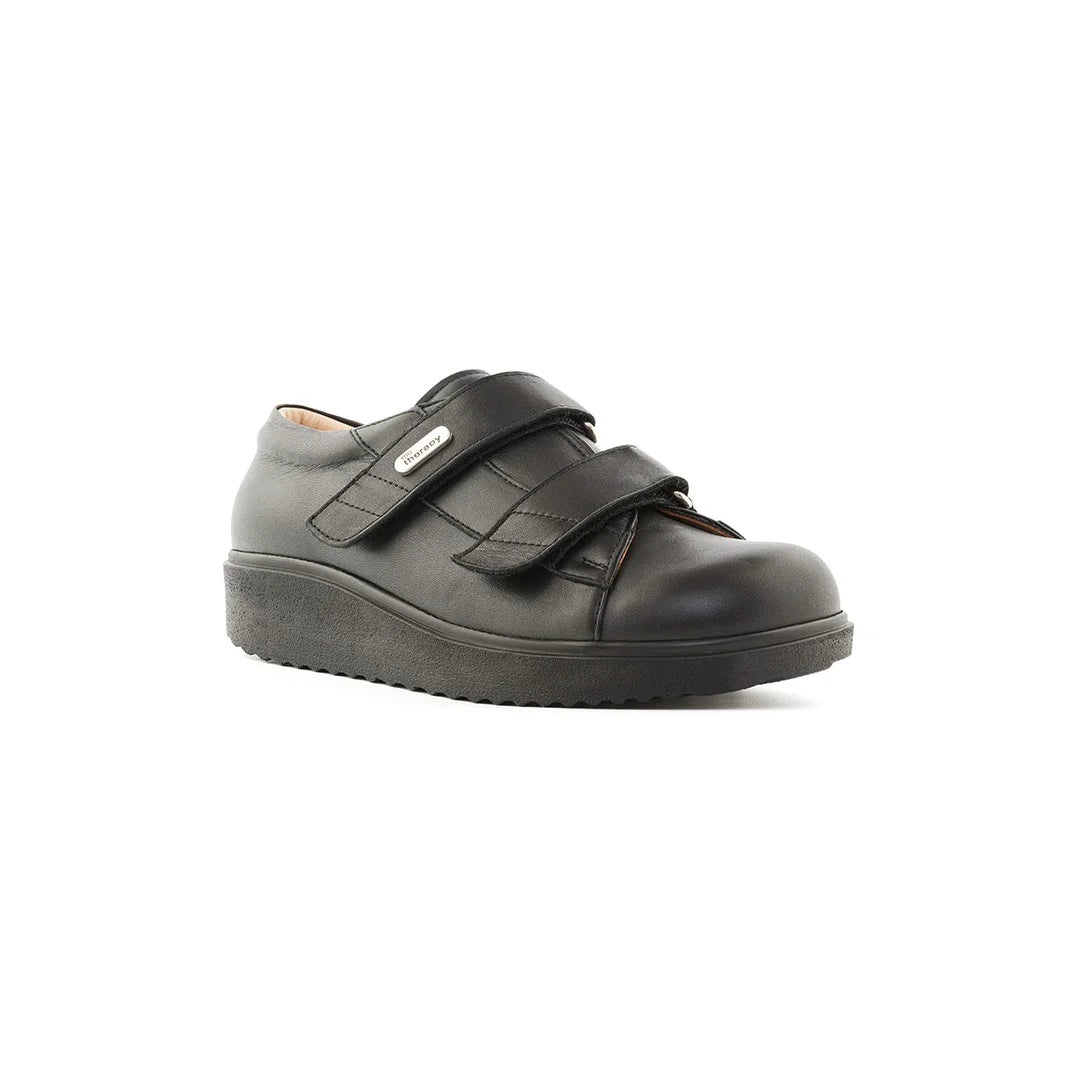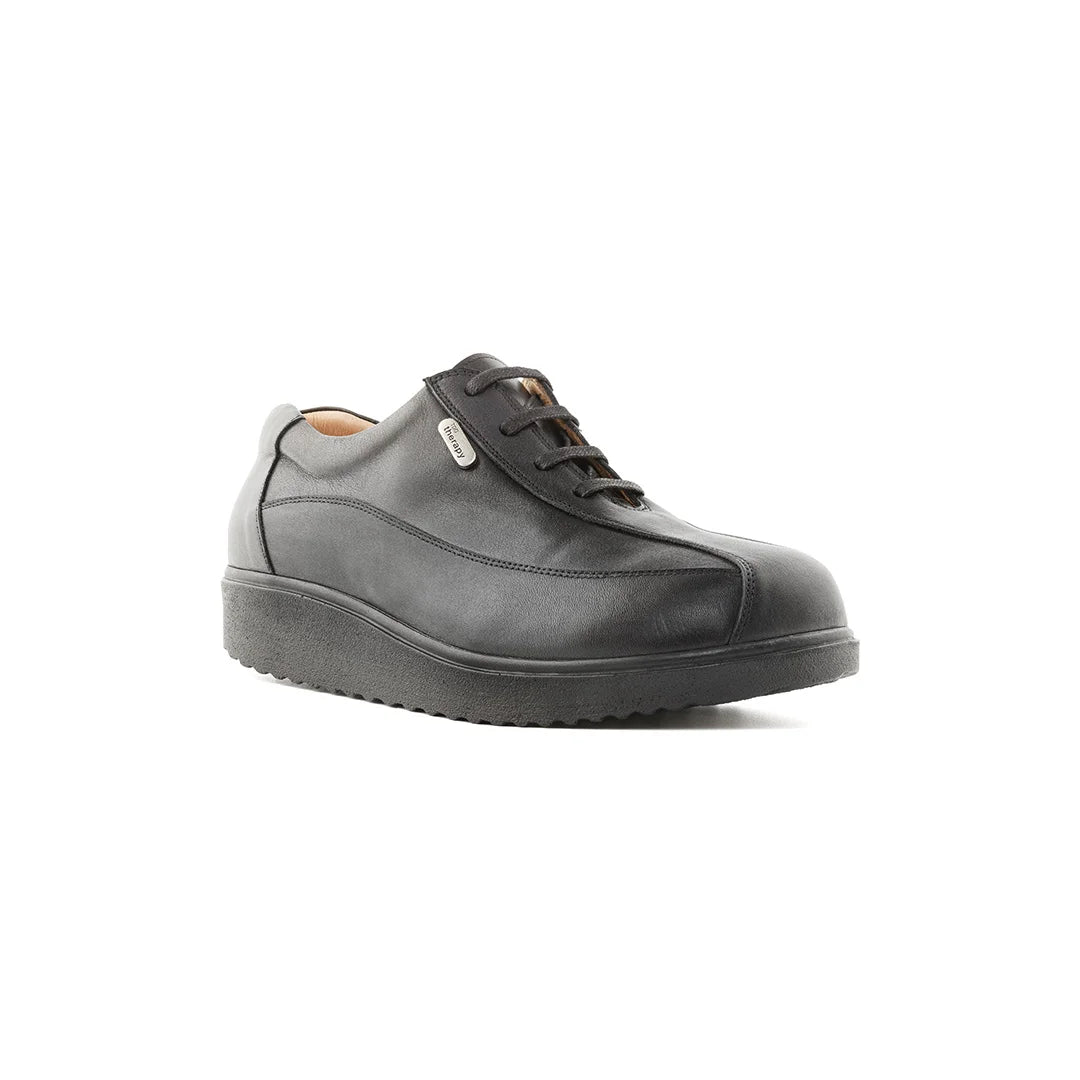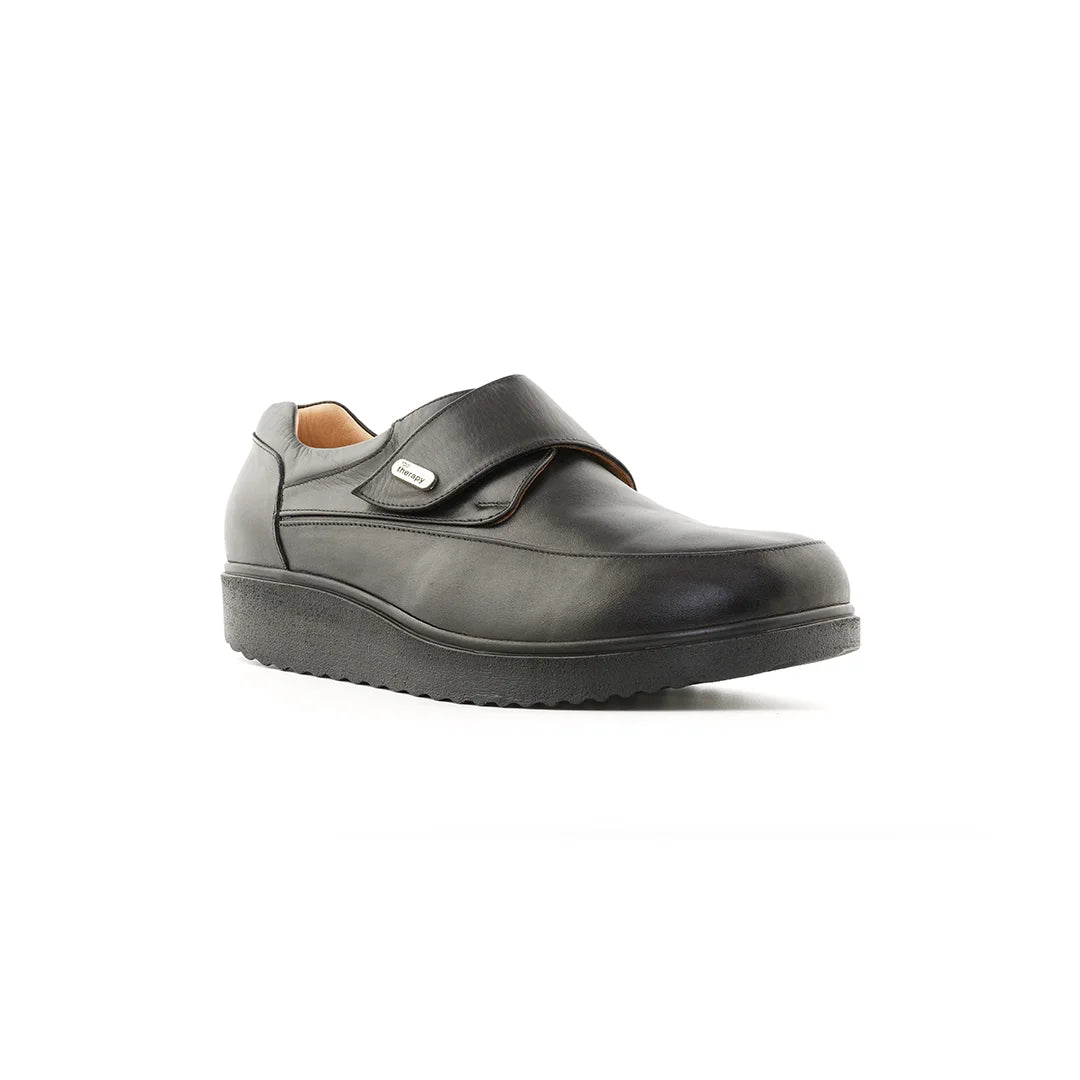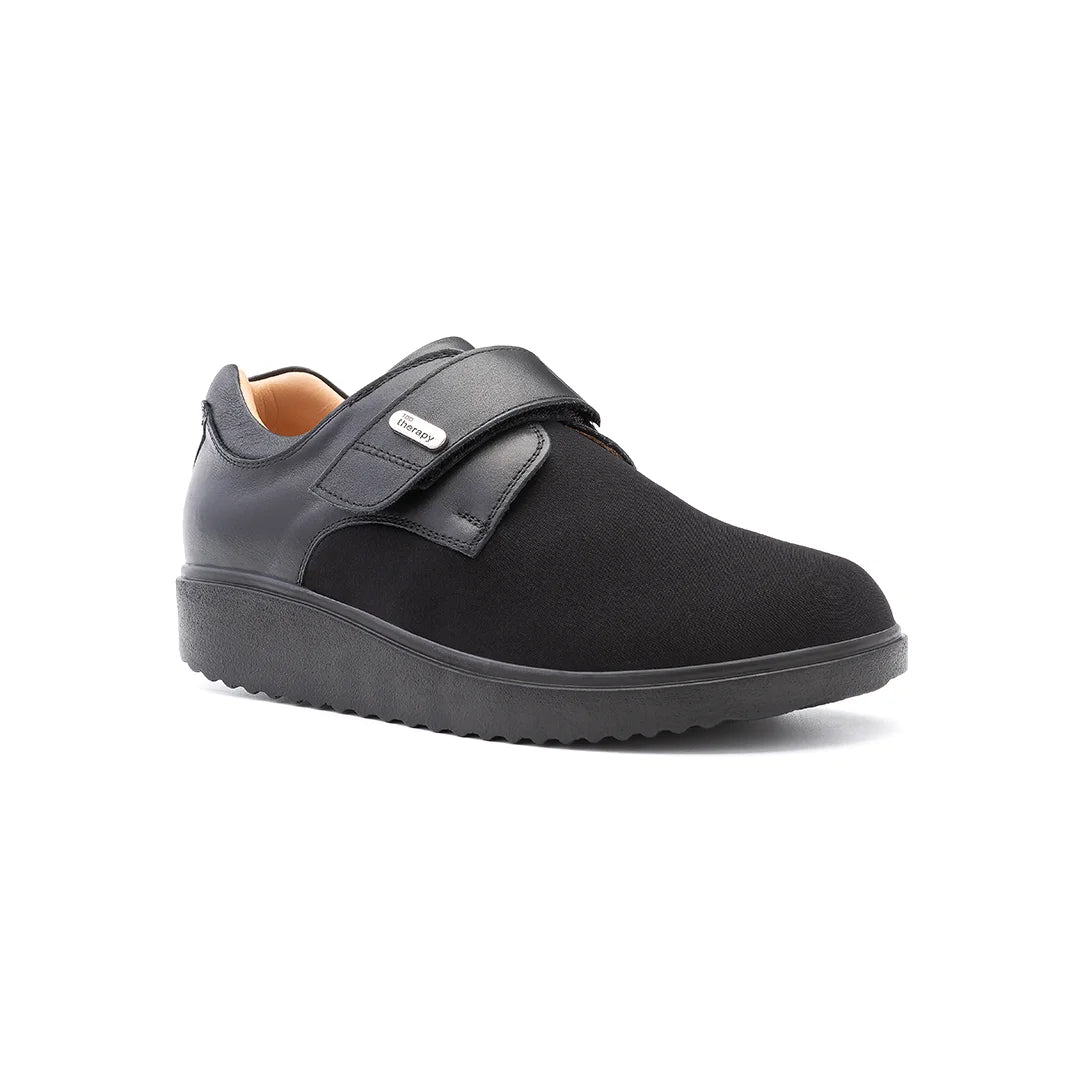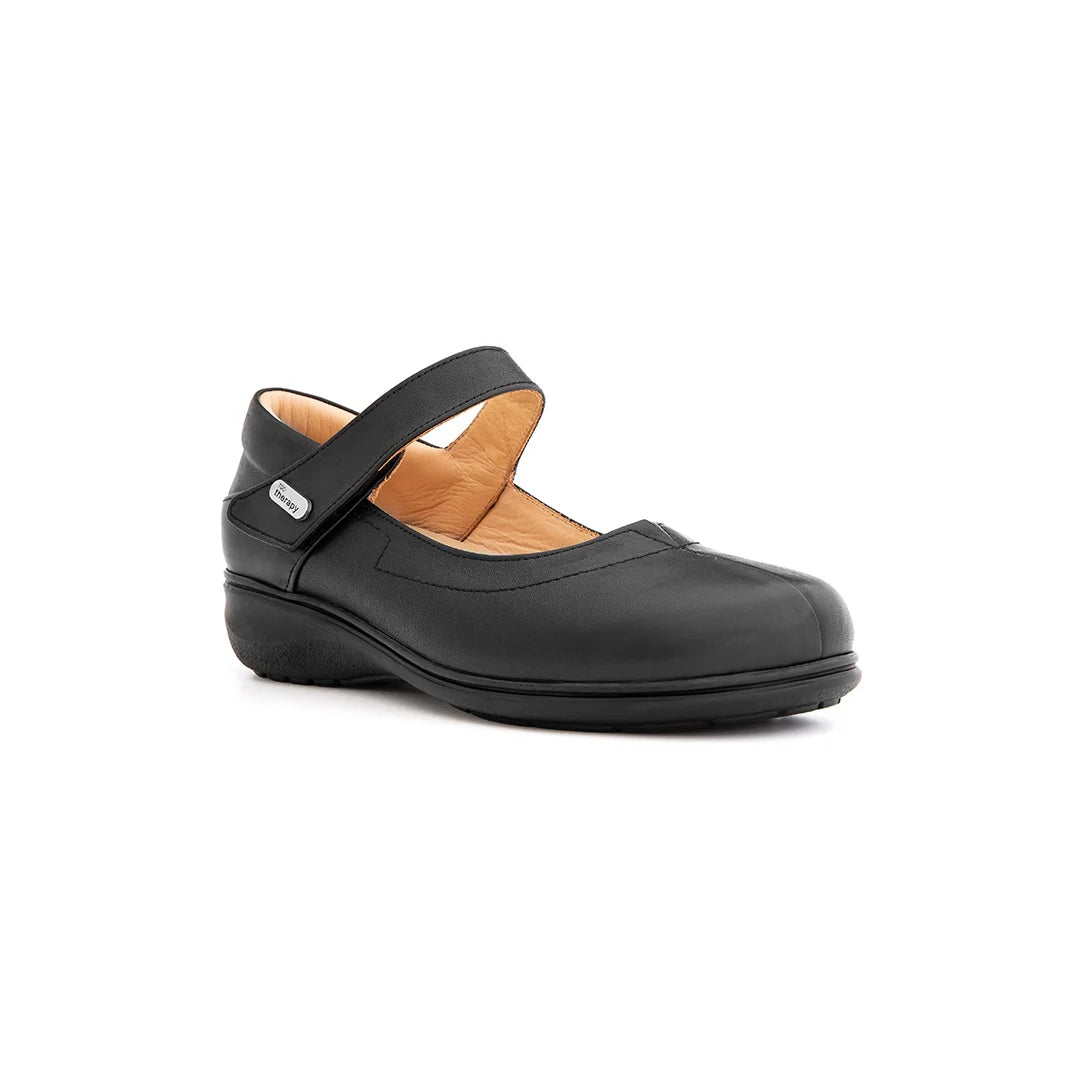Diabetes is a condition that requires careful attention in many aspects of daily life, and shoe selection is one of the most important of these. Foot health is critical for the overall health of diabetics. The wrong choice of shoes can lead to more serious problems than just discomfort. Due to diabetes, issues such as loss of sensation in the feet, circulatory disorders, and delayed wound healing are common. Therefore, it is extremely important for diabetics to prefer comfortable and supportive shoes.
There are many shoe models on the market specially designed for diabetics. The common features of these models include a wide fit, soft insole, seamless design, and breathable materials. To prevent irritation and injury on the feet, shoes should fit the foot shape perfectly and distribute pressure points evenly. Additionally, shoes with non-slip soles help diabetics walk safely.
In this article, we will explore the most ideal shoe models for diabetics, what to consider when choosing shoes, and the effects of proper shoe selection on foot health. If you are a diabetic or considering buying shoes for a diabetic loved one, this guide will help you make the right choice. Let’s get started!
Factors to Consider When Choosing Shoes for Diabetics
Choosing the right shoes for diabetics is crucial to protecting foot health and preventing complications. Since diabetics may experience circulatory problems and loss of sensation in their feet, poor shoe selection can lead to foot injuries, pressure ulcers, and infections. Therefore, diabetics should consider specific criteria when choosing shoes. Here are the essential factors to consider when choosing shoes for diabetics:
✅ Soft and Breathable Materials
-
The material from which the shoe is made plays a major role in the comfort of diabetics.
-
Genuine leather or breathable textile materials prevent sweating and provide ventilation.
-
Synthetic and hard materials should be avoided as they can cause irritation and pressure on the feet.
-
A soft and flexible structure helps the shoe adapt to the foot and balances pressure points.
👉 Recommendation: Cotton lining and soft leather materials should be preferred. The inner material of the shoe should have high breathability.
✅ Seamless Interior
-
Diabetic feet are highly sensitive, and seams on the inner surface can cause irritation and injury.
-
Seamless designs reduce friction and pressure.
-
Seamless construction in the toe and heel areas helps prevent blisters and sores.
👉 Recommendation: Choose shoes with a smooth and soft inner lining. Avoid models with tight or stiff seams.
✅ Orthopedic and Supportive Insoles
-
Orthopedic insoles support the natural arch of the foot and balance pressure points.
-
Since diabetics may have reduced pressure sensitivity in their feet, supportive insoles help prevent injuries.
-
Memory foam insoles mold to the shape of the foot, providing a comfortable walking experience.
-
Non-slip soles prevent falls and slips.
👉 Recommendation: Choose shoes with flexible yet supportive soles. Rubber non-slip soles provide safe walking.
Suitable Shoe Models for Diabetics
Choosing the right shoes for diabetics not only ensures comfort but also helps protect foot health. Poor shoe choices can lead to foot injuries, calluses, and complications like ulcers in diabetics. Therefore, diabetics should prioritize function and comfort over appearance when choosing shoes. Here are the most suitable shoe models for diabetics and the benefits they provide:
✅ Orthopedic Shoes
-
Orthopedic shoes are among the most preferred models for diabetics.
-
They are specially designed to fit the foot structure perfectly.
-
They offer high arch support and distribute pressure evenly to maintain the natural posture of the foot.
-
Orthopedic shoes are usually supported with memory foam insoles.
-
They reduce friction and pressure on the feet, preventing injury.
👉 Recommendation: When choosing orthopedic shoes, ensure the insole is removable and that the sole conforms to the anatomical structure of the foot. Also, opt for models with non-slip soles.
✅ Wide Fit Shoes
-
Swelling and circulation problems in the feet are common among diabetics.
-
Wide fit shoes accommodate the natural shape of the foot and prevent pressure.
-
A wide toe box prevents the toes from being squeezed.
-
Shoes with wide heels and forefoot areas should be preferred.
👉 Recommendation: Elastic lace-up or Velcro models in wide fit shoes help the shoe fit perfectly to the foot. The depth of the shoe is as important as its width.
✅ Extra Cushioned Sports Shoes
-
Cushioning is important for providing comfort during daily walking.
-
Soft foam and gel-filled insoles distribute pressure evenly.
-
Breathable mesh and textile materials prevent sweating.
-
Non-slip soles provide a safe walking experience.
👉 Recommendation: Opt for lightweight cushioned shoes. Overly heavy models can cause loss of balance while walking. Choose models with supportive heel structures.

Diabetic-Friendly Shoes for Men
Selecting diabetic-friendly shoes for men is essential for both comfort and health. Foot problems related to diabetes, such as circulation issues and loss of sensation, are more common in men. Therefore, men should choose models that offer both comfort and foot health protection for daily use. Here are suitable shoe options for diabetic men:
✅ Wide-Soled Models for Daily Use
-
Swelling and pressure problems are common in men with diabetes.
-
A wide sole allows the foot to rest comfortably and prevents toe squeezing.
-
Soft insoles support the foot's natural arch and evenly distribute pressure.
-
Genuine leather or breathable textile materials prevent sweating and minimize friction-related irritation.
👉 Recommendation: Choose rubber non-slip soles and soft inner linings for men’s shoes. Flexible and lightweight models provide comfort while walking.
✅ Elastic and Easy-to-Wear Designs
-
Circulation problems in diabetic feet make it important to have flexible and easy-to-wear models.
-
Slip-on or Velcro models make it easier to put on and take off shoes.
-
Elastic materials adapt to swelling and changes in foot size throughout the day.
-
Elastic designs also reduce friction and pressure on the feet.
👉 Recommendation: Slip-on style shoes are ideal for daily use. Knit fabric models prevent swelling and pressure buildup.
Diabetic-Friendly Shoes for Women
Choosing diabetic-friendly shoes for women should combine both comfort and style. Women's foot structures are more delicate and sensitive than men’s, making them more prone to diabetes-related foot problems. Therefore, diabetic women should choose wide-fit, orthopedically supported, and breathable models that provide both comfort and style.
✅ Stylish and Comfortable Wide-Fit Models
-
Wide-fit shoes accommodate swelling and prevent toe squeezing.
-
Stylish details in wide-fit shoes combine comfort and aesthetics.
-
Low-heeled models distribute pressure evenly and protect foot health.
-
Soft inner linings and breathable materials keep the feet dry all day.
👉 Recommendation: Ballet flats, loafers, and wide-fit sneakers are comfortable and stylish options for diabetic women.
✅ Orthopedic Support Shoes
-
Orthopedic support shoes protect the natural arch of the foot and balance pressure distribution.
-
Memory foam insoles adapt to the foot shape and increase comfort.
-
High arch support models are ideal for those with sensation loss in the feet.
-
Flexible structures reduce the load on pressure points.
👉 Recommendation: Orthopedic sneakers and lightweight sports shoes are perfect for daily use.
Additional Tips to Protect Foot Health
Protecting foot health is essential for diabetics to avoid complications. Here are practical tips to maintain foot health:
-
👣 Check feet daily for swelling, redness, cuts, or blisters.
-
🧦 Wear moisture-wicking socks to prevent sweating.
-
🌬️ Air out shoes regularly to prevent bacteria buildup.
6. FAQs (Frequently Asked Questions)
1. What types of shoes should diabetics avoid?
Avoid narrow-toed, high-heeled, and stiff shoes made from synthetic materials.
2. Are orthopedic shoes necessary for diabetics?
Yes. Orthopedic shoes provide arch support and reduce pressure on the feet.
3. What’s the best sole material for diabetics?
Memory foam and rubber.
4. Should diabetics wear wide or regular fit shoes?
Wide fit shoes are ideal.
5. How often should diabetic shoes be replaced?
Every 6–12 months or when signs of wear appear.



